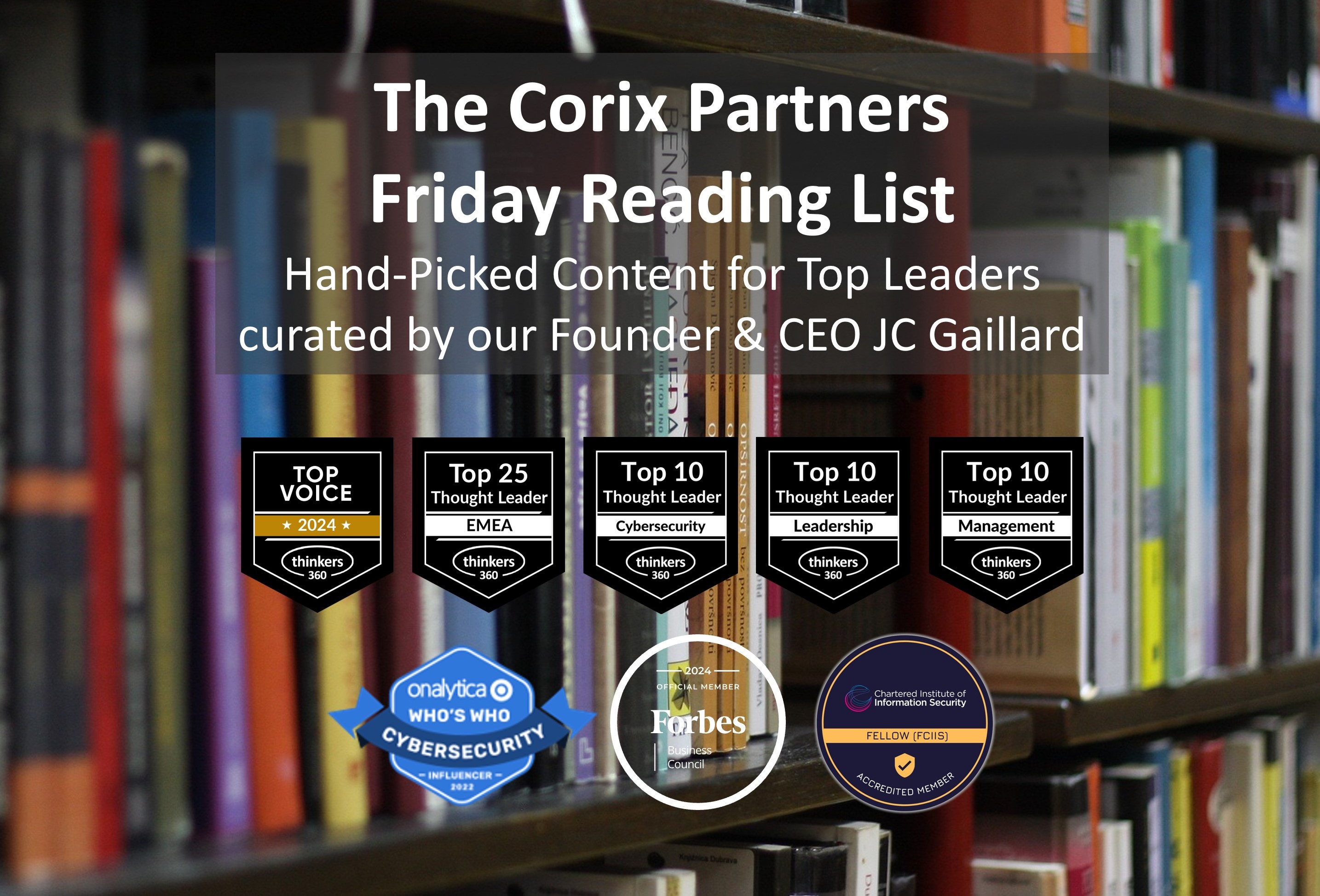Jun28

For years, boards have been approving multi-million-dollar AI and digital transformation projects. Yet many are failing, not because of the technology, but because of a foundational flaw management isn't talking about—a flaw so profound that, according to the MIT Sloan Management Review, the cost of insufficient data is already consuming between 15% and 25% of total revenue for most companies. This isn't a minor operational drag; it's a direct tax on the top line. For directors and investors, it’s time to start asking more complicated questions, because the most significant risk to your company’s future isn't the failure to invest in AI, but the quality of the data that renders those investments worthless.
In boardrooms across the globe, a familiar ritual plays out. A presentation, rich in the vocabulary of Industry 4.0—Artificial Intelligence, digital twins, and predictive analytics —culminates in a significant capital expenditure request. The promised returns are astronomical: radically improved efficiency, the elimination of unplanned downtime, and a decisive competitive edge. The board, fulfilling its duty to drive innovation and shareholder value, approves the investment.
Yet, for a troubling number of these companies, the promised revolution never arrives. The projects stall in "pilot purgatory," the ROI remains a rounding error, and the organisation is left with a costly hangover of disillusionment. When directors ask for an explanation, the answers are often vague, citing the complexity of AI or the challenges of integration. The real culprit, however, is a far more fundamental and damning failure —one that rarely makes it into a PowerPoint slide: the company’s data is junk.
This is the "data delusion," and for any board director or investor, it should now be considered a primary strategic risk. The failure to establish a high-fidelity data foundation is not a mere technical oversight; it is a profound business malpractice that wastes capital, destroys shareholder value, and leaves a company dangerously vulnerable. The most significant liability in your organisation today may not be debt or litigation; it may be the vast, unacknowledged swamp of low-quality data upon which your entire digital strategy is being built.
The Fiduciary Duty to Scrutinise "Digital-Washing"
As stewards of the company, a board's fiduciary duty extends beyond financial oversight to strategic risk management. In the digital age, this must include a rigorous scrutiny of a company's data infrastructure. The market is currently rife with "digital-washing"—the practice of using the hype around AI to mask a lack of genuine capability. Companies boast about the petabytes of data they collect, but they are silent on its quality.
This is where directors must become more discerning. The volume of data is a vanity metric; the fidelity of data is what drives value. A company collecting averaged vibration data every 15 minutes from a critical asset is not in the same league as a competitor capturing the full, high-frequency vibration waveform from that same asset at regular intervals and on exception if any reading materially changes between scheduled readings. The former collects digital noise; the latter collects actionable intelligence. The former can create a pretty dashboard; the latter can prevent a multi-million-dollar failure.
Approving an AI project without first auditing the underlying data fidelity is the equivalent of approving the construction of a skyscraper without conducting a geological survey of the foundation. It is a dereliction of strategic oversight.
Five Questions Every Director Must Ask a CEO
To cut through the digital washing and assess the true health of your company's digital strategy, directors need to move beyond high-level promises and ask probing, specific questions. The next time a digital transformation budget is on the agenda, consider this your essential questionnaire:
Data as a Core Asset
The companies that will dominate the next decade will be those whose boards recognise that data infrastructure is not an IT expense. It is a core strategic asset, as critical as the company’s factories, intellectual property, or brand.
Therefore, the investment in a high-fidelity data platform must be evaluated differently. It is foundational. It enables not just one application, but all future AI and analytics initiatives. It is the bedrock upon which future efficiency, innovation, and resilience will be built.
As a director or investor, your role is to look beyond the immediate horizon. The pressure to "do something with AI" is immense, but the risk of doing it wrong is catastrophic. By demanding a culture of data discipline and prioritising the investment in a high-fidelity foundation, you are not just mitigating a hidden liability. You are steering the organisation toward a future of genuine, sustainable, and defensible value creation.
By Gert Botha
Keywords: AI, IoT, Digital Twins
 The Digital Commons — From Noise to Wisdom
The Digital Commons — From Noise to Wisdom Friday’s Change Reflection Quote - Leadership of Change - Change Leaders Harness Existing Dissatisfaction
Friday’s Change Reflection Quote - Leadership of Change - Change Leaders Harness Existing Dissatisfaction The Corix Partners Friday Reading List - November 7, 2025
The Corix Partners Friday Reading List - November 7, 2025 The Trust Deficit in Change Programmes
The Trust Deficit in Change Programmes Management of Portfolio complexity a key to Supply Chain responsiveness
Management of Portfolio complexity a key to Supply Chain responsiveness